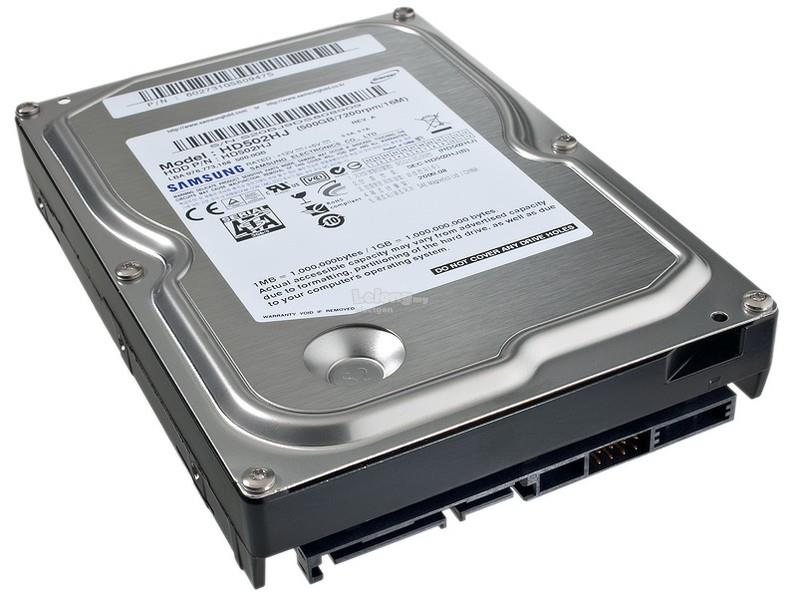How Do I View Hard Drive For Mac On My Pc

Method 3: I would suggest you to assign drive letter. Open Computer Management by pressing Windows + R, and typing Control Panel in Run prompt, clicking System and Security, clicking Administrative Tools, and then double-clicking Computer Management. In the left pane, click Disk Management. If you do not see any disk indented below the device (for the external drive) in the Disk Utility sidebar, it likely that your external drive is set up in a way that makes it not accessible from a Mac, unless you reformat (erase) it. Even if the backed up and restored files originally came from a PC, they'll be stored on the drive using a file system the Mac fully understands. That way the drive will be fully Mac-compatible without any need for you to modify the operating system of the Mac to get it to work properly. Obviously that solution doesn't work for everyone. Maybe the drive you're using has to be used with a PC occasionally. But if you try to use an external hard drive that's been formatted for Mac OS, you'll find that it will not work on your PC. To convert an external hard drive from Apple to PC you'll have to.
Windows can’t normally read Mac-formatted drives, and will offer to erase them instead. But third-party tools fill the gap and provide access to drives formatted with Apple’s HFS+ file system on Windows. This also allows you to. If you know you’re going to use a drive on both Mac and Windows, you should use the exFAT file system, which is compatible with both. But if you didn’t foresee that, you may have formatted your drive with Apple’s HFS Plus, which Windows can’t read by default.
In fact, some manufacturers sell “Mac” drives pre-formatted with this Mac-only file system. Don’t Format the Drive! (Yet) When you connect a Mac-formatted drive to Windows, you’ll be informed that “you need to format the disk in drive X: before you can use it.” Don’t click the “Format disk” button or Windows will erase the contents of the drive–click “Cancel”! This message appears because Windows doesn’t understand Apple’s HFS+ file system.
That’s fine, because other applications do. Just don’t format the drive until you get the important files off the drive. Of course, if the drive doesn’t have any important files on it, you can go ahead and format it. But be absolutely sure there’s nothing you need before you do. Option One: HFSExplorer Is Free and Basic RELATED: If you only need to get a couple files off the drive, we recommend. It’s the only completely free way to access a Mac-formatted drive. It does require, however, so you’ll have to.
Then, install HFSExplorer like you would any other Windows program. HFSExplorer isn’t fancy, though, and doesn’t have a lot of features. Office 365. You can’t use it to write to Mac-formatted drives, and it doesn’t install a file system driver that integrates into File Explorer. But you can open HFSExplorer, read a Mac-formatted drive, and copy the files to your Windows PC without paying a dime. It can also mount Mac.dmg disk images to get at the files inside them. This application’s read-only nature isn’t necessarily a bad thing. It ensures that no bug in the third-party driver can damage your Mac-formatted drive and the files on it.
You can set read-only mode in other applications, too–but, if you’re not going to use their write support, there’s less reason to pay for them. To use HFSExplorer, connect your Mac-formatted drive to your Windows PC and launch HFSExplorer. Click the “File” menu and select “Load File System From Device.” It will automatically locate the connected drive, and you can load it. Archiver like winrar for mac. You’ll see the contents of the HFS+ drive in the graphical window.
Just select the files or folders you want, click “Extract,” and choose a folder. They’ll be copied to the location you choose on your PC. Option Two: Paragon HFS+ is $20, But Offers Write Access and Better Integration Paragon’s is a bit fancier, but it’ll cost you. This tool installs a file system driver that allows you to access a Mac-formatted drive like any other drive in File Explorer, or any other Windows application with an open or save dialog. It boasts improved speed, and we wouldn’t be surprised if it were faster than HFSExplorer. And, unlike HFSExplorer, it offers full read/write access to Mac-formatted drives, so you can write to them from within Windows.
External Hard Drive For Mac
Just install it, and Mac drives will show up like any other drive. Autodesk cad viewer for mac. If you need to work with Mac-formatted drives on a regular basis and you want the operating system integration, speed, and write access, Paragon HFS+ is a great choice and will be worth it for you. But, if you just need to get some files off a Mac-formatted drive occasionally, this is overkill and you can save $20 by sticking with HFSExplorer.